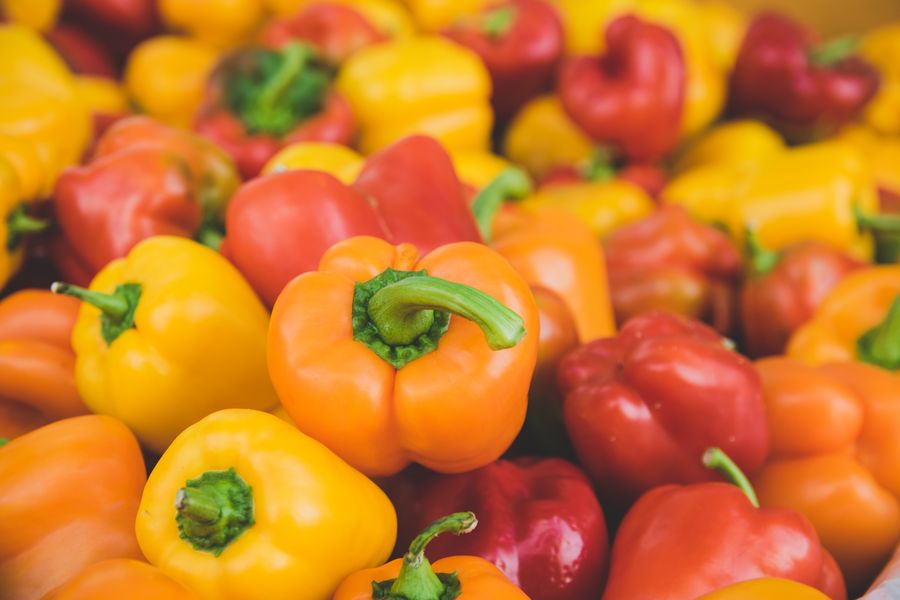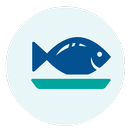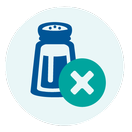Eating well with kidney disease

When you’re managing your kidney disease, what you should eat – and how much – depends on how well your kidneys are working. Talk to your doctor or dietitian to understand what to eat and drink, as well as your recommended portions.
Your body will process things differently with kidney disease. Committing to kidney-friendly eating can help you feel better and stay healthier.
4 strategies for kidney-friendly eating
-

Eat protein in moderation. Protein creates waste called urea, which kidney disease makes hard to remove and can make you feel tired or lose your appetite.
-

Skip salt and sodium. Consuming salt or sodium makes it difficult for your body to maintain the right water-salt balance. They can also cause fluid retention and high blood pressure (hypertension).
-

Control potassium. Sometimes referred to as the ‘other salt’, potassium can build up when your kidneys aren’t working as well as they should. Too much potassium can cause irregular heartbeat or a heart attack. Foods high in potassium include potatoes, tomato, bananas, and milk.
-

Limit phosphorus. Another mineral that’s hard to remove when you have kidney disease, phosphorus can build up and cause weakened bones, or cardiovascular disease. High-phosphorus foods include biscuits, pizza, and processed meats.
Quick tips for eating well
-

Choose fresh food. Avoid processed, pre-packaged, and ready-to-eat foods.
-

Read food labels and check ingredients. Monitor protein and avoid added salt, sodium, and phosphates (P).
-

Replace salt and soy sauce in recipes with bold flavors. Try rosemary, lemon zest, paprika, curry powder, or cumin.
Here are some examples of low-sodium, low-phosphorus, low-potassium foods and drinks. Serving size for all listed foods and beverages is 1/2 cup or 60-80 grams for protein.
Bread, Cereal and Grains
Cereal
Pasta
Quinoa
Rice
Fruits
Berries
Pears
Pineapple
Plums
Watermelon
Vegetables
Broccoli
Carrots
Corn
Cucumber
Lettuce
Squash
Fluids
Coffee
Tea
Water
Protein
Beans
Beef
Eggs
Fish
Lentils
Poultry
Tofu
Choose fresh, all-natural - not processed - foods.

